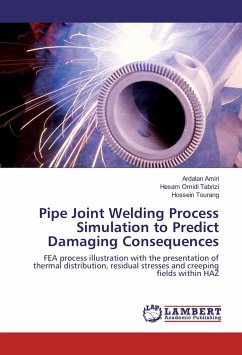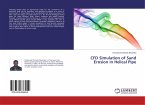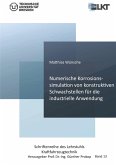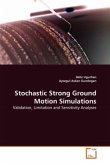Use of bolted flanged pipe joints is very common in petrochemical, nuclear and process industry. Welding of pipe to flange results in residual stress built up and distortions which provide negative effects on the structural integrity and sealing capability of the pipe-flange joint. The effects include stress corrosion cracking, brittle fracture, reduced fatigue and creep strengths, poor sealing performance and reduced buckling strength etc. This book presents methodology to investigate the extent and distribution of residual stress built up and distortions in the welded pipe-flange joints using numerical techniques. The effects of welding parameters, welding procedure, applied mechanical constraints on residual stress built-up and distortions are evaluated. Effort are made to suggest the preventive or corrective measures for the reduction of welding distortions and residual stresses to improve the performance and service life of welded pipe-flange joints.
Bitte wählen Sie Ihr Anliegen aus.
Rechnungen
Retourenschein anfordern
Bestellstatus
Storno








